UCI planning to step up mechanical doping measures from 2020
Magnometer tracker and upgraded tablet could be rolled out next year
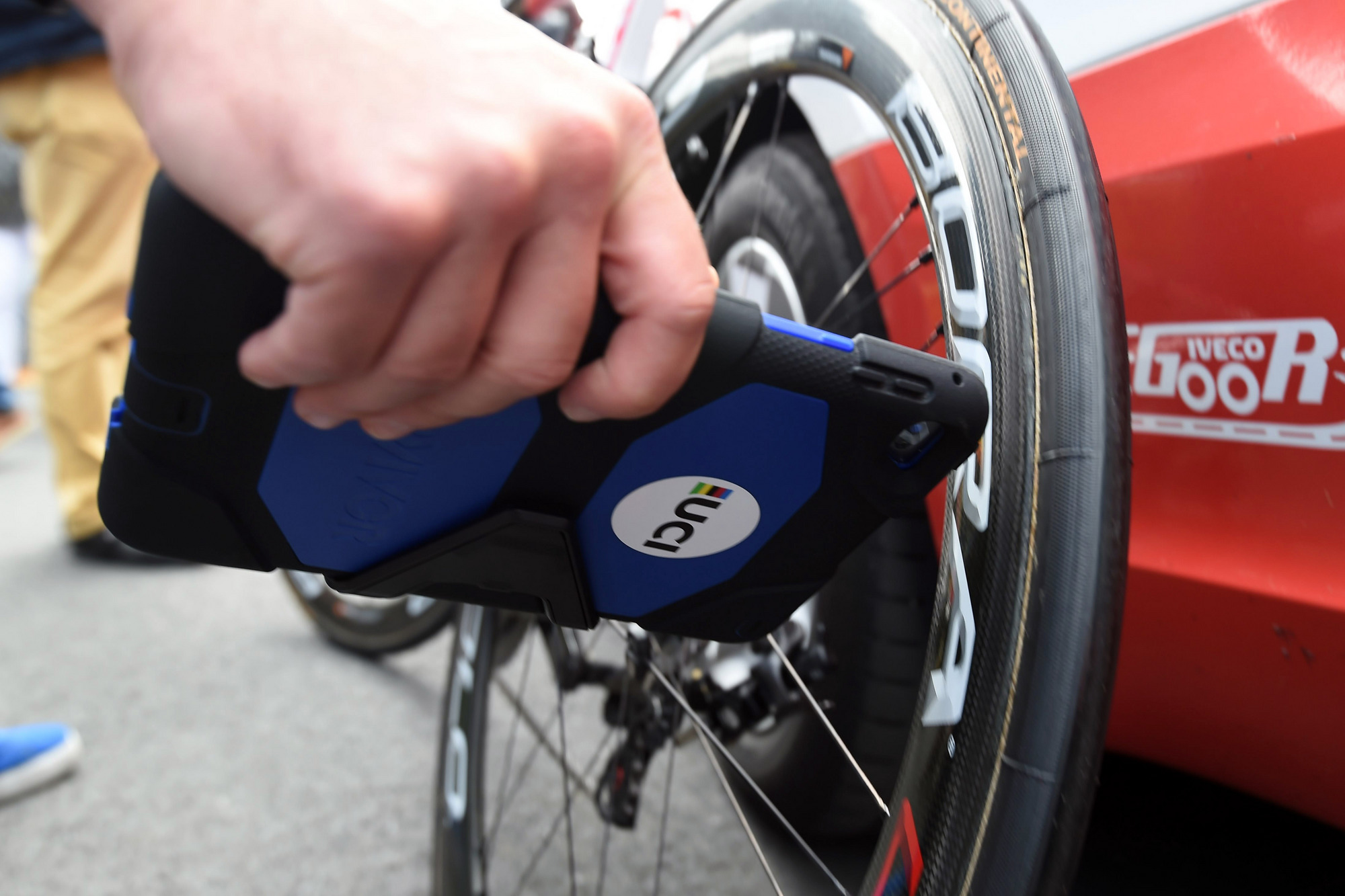
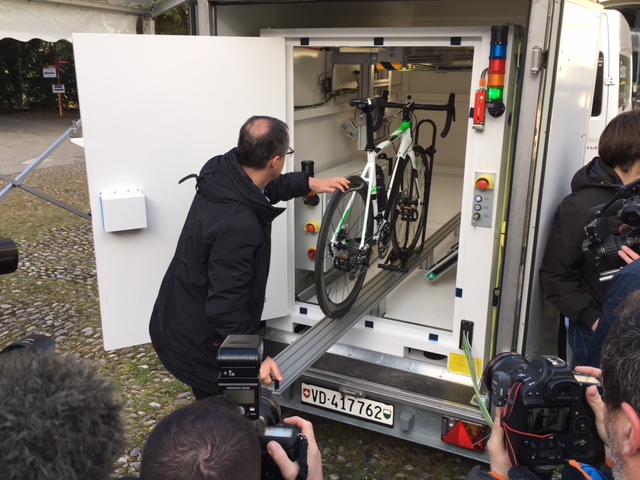
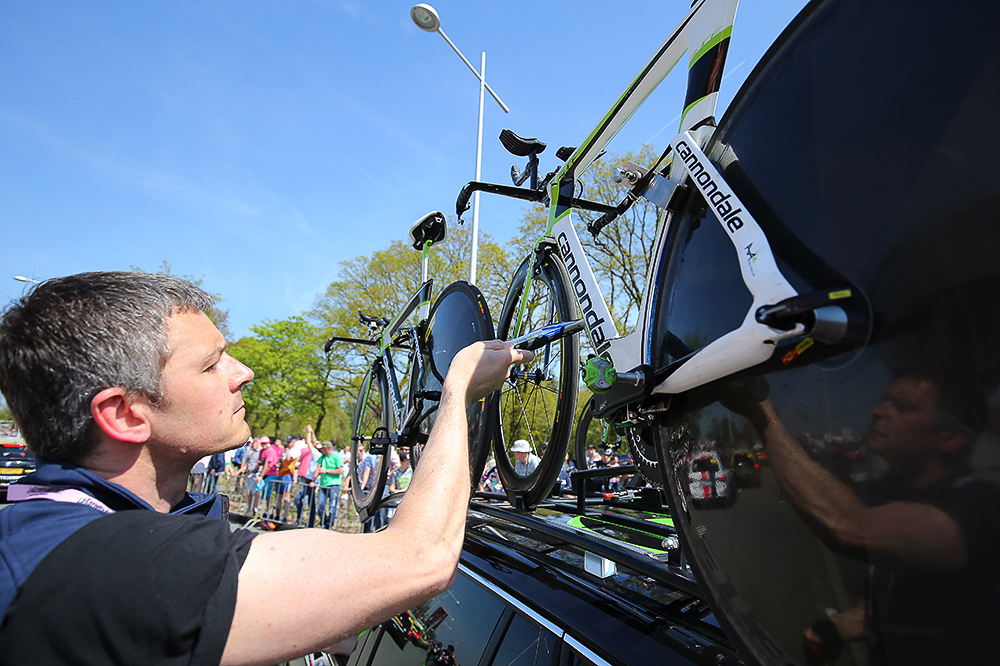
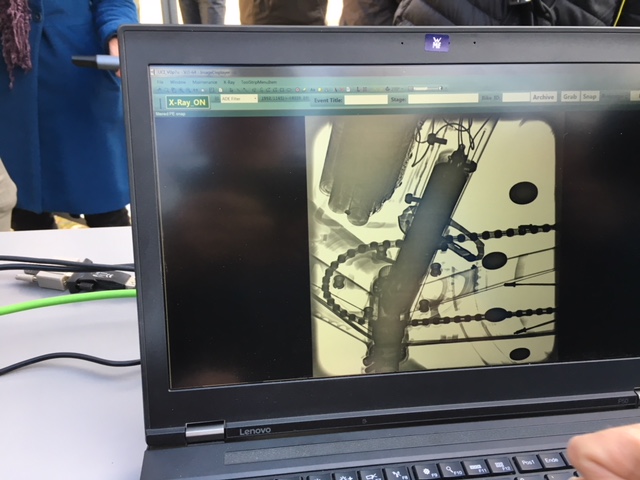
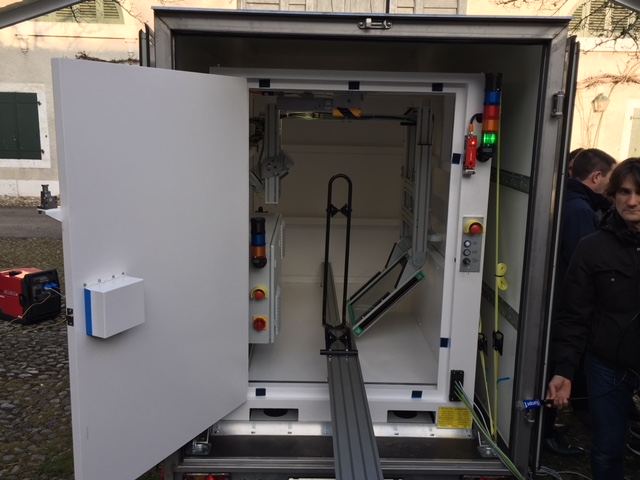
The UCI is pushing ahead with plans to step up the fight against mechanical doping, revealing plans to fit bikes with magnometer tracking devices and roll out an upgraded version of its tablet scanner from 2020.
Preventing mechanical doping - the use of hidden motors - was a cornerstone of the manifesto with which David Lappartient was elected UCI president in 2017. Last year saw new initiatives introduced, including post-race X-ray scanning and in-race thermal camera monitoring.
Those measures were unveiled at the governing body's headquarters last March, alongside plans for the magnometer tracking device, developed alongside the French Atomic Energy and Alternative Energy Commission. At that point, the technology appeared to be a work in progress, with no clear timeline on its development. However, the UCI announced on Thursday that, following successful trials at last year's Tour de France, it is ready for manufacturing and could be rolled out as early as next year.
The tracker, which could be "fitted on every bike in the peloton", would detect changes in magnetic field to reveal the presence of a motor hidden in the frame or of electromagnetic-powered wheels.
"A first test phase, carried out at the Tour de France 2018 in collaboration with a number of teams, has demonstrated the feasibility of the method, which can detect hidden operating motors," read the UCI's statement. "The current phase involves identifying an industrial partner in charge of manufacturing the trackers with the introduction of a first version considered for 2020."
The UCI is also set to upgrade the tablet devices that are used by UCI officials to manually scan bikes for hidden motors before the start of races. The technology was introduced by Lappartient's predecessor, Brian Cookson, but its effectiveness has been called into question.
The UCI announced on Thursday that a new version of the tablet will feature "more powerful scanning, more intuitive images, and low cost" and that "the aim is for a first version of the tablets to be in use in 2020."
Get The Leadout Newsletter
The latest race content, interviews, features, reviews and expert buying guides, direct to your inbox!
At the recent Giro d'Italia, the UCI conducted more than 1,000 tests for hidden motors, all of which came back negative. 1,312 tests were carried out ahead of stages using the tablet device, while 113 X-ray tests were carried out post-stage – an average of five bikes per day.
"Since last year, we have at our disposal a robust set of methods to counter the risks of technological fraud that allows us to check bikes at the start and finish lines," said UCI President David Lappartient.
"Research projects are continuing and shall enable us to be equipped with new technologies that can monitor equipment anytime during the competitions. We're aiming to ensure that the cycling community has confidence in the performances of our athletes."
Patrick is a freelance sports writer and editor. He’s an NCTJ-accredited journalist with a bachelor’s degree in modern languages (French and Spanish). Patrick worked full-time at Cyclingnews for eight years between 2015 and 2023, latterly as Deputy Editor.
